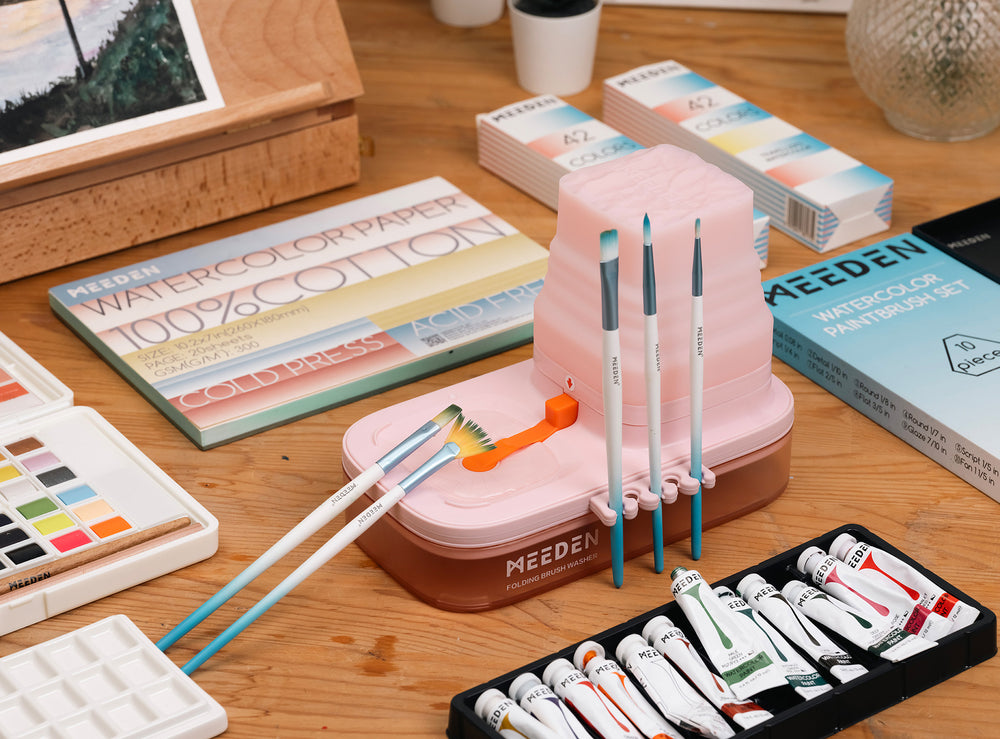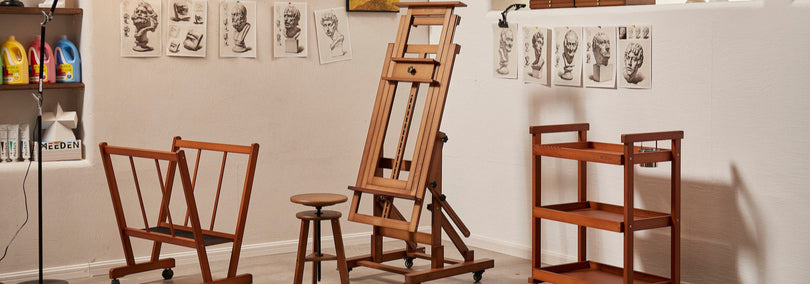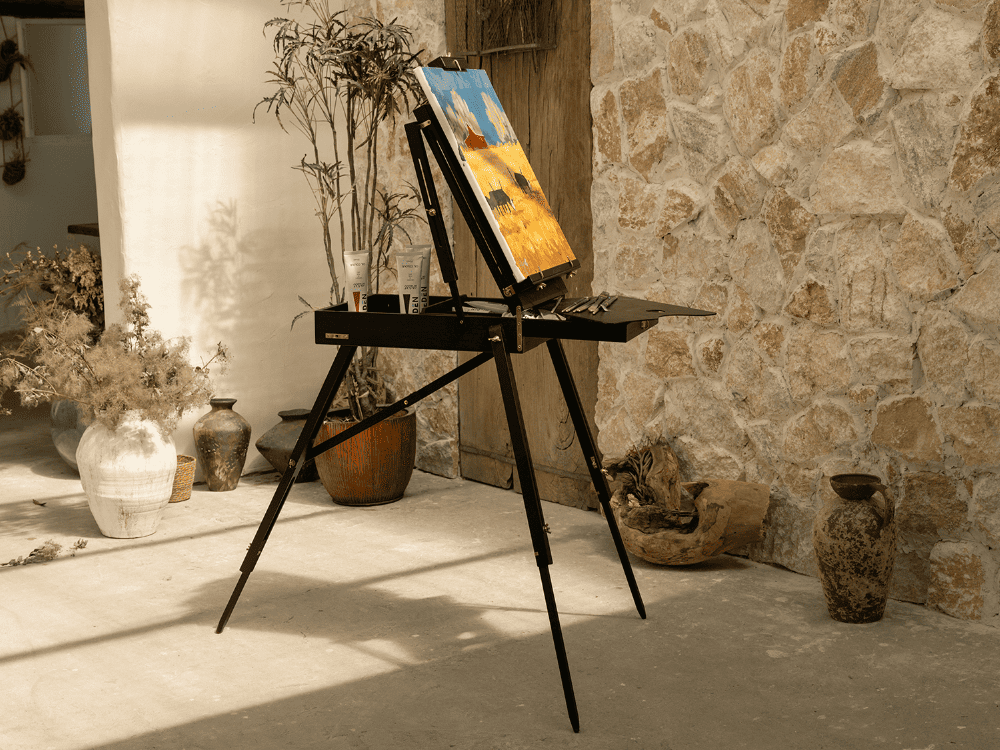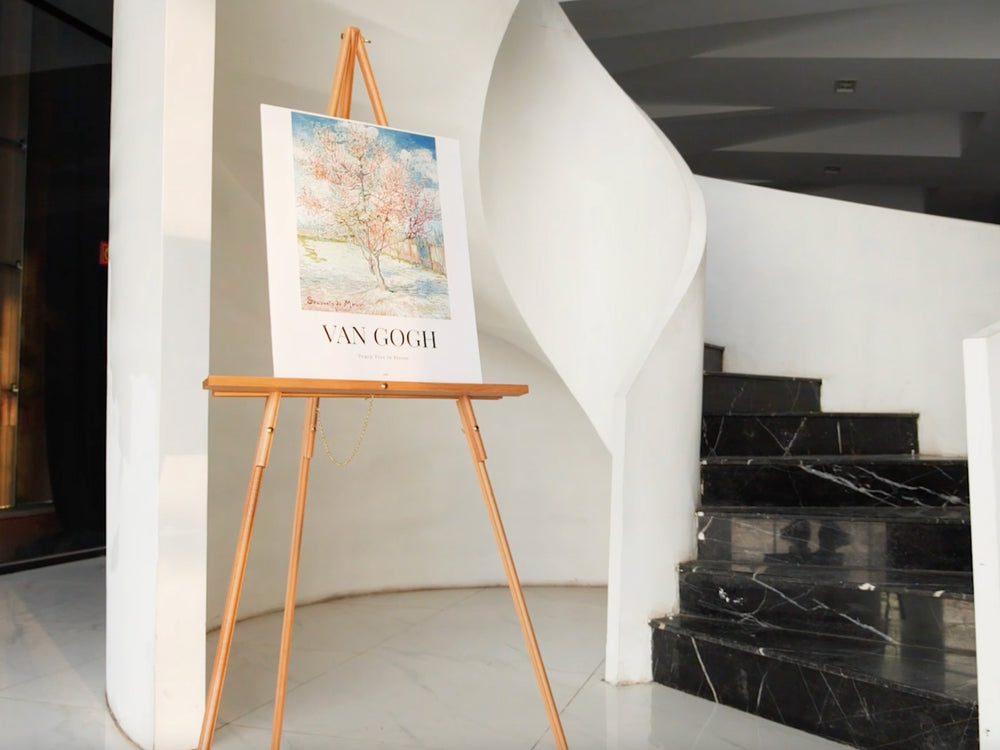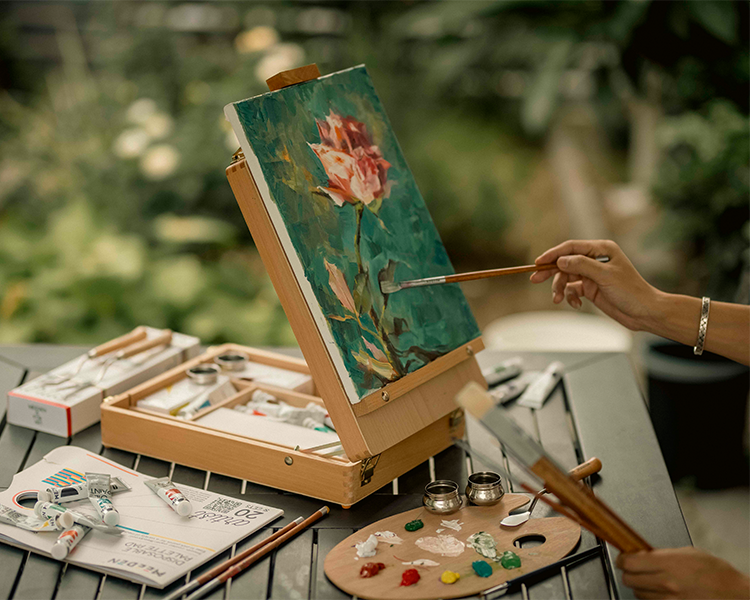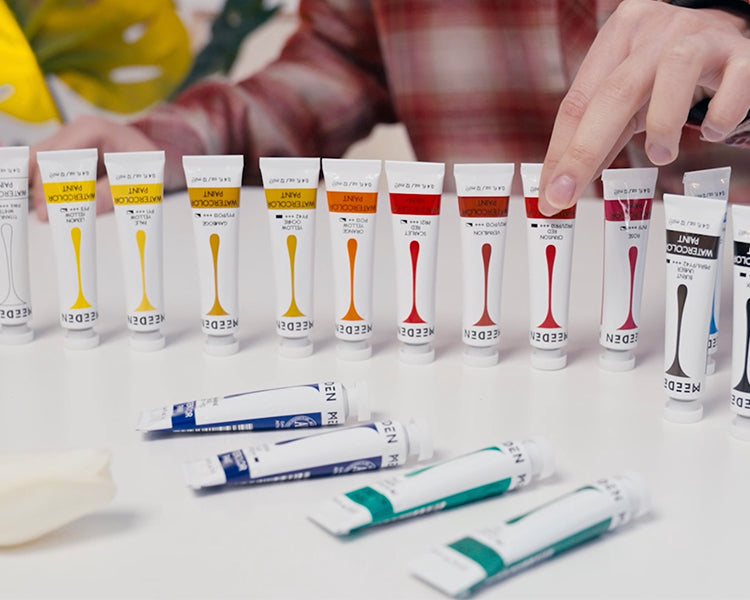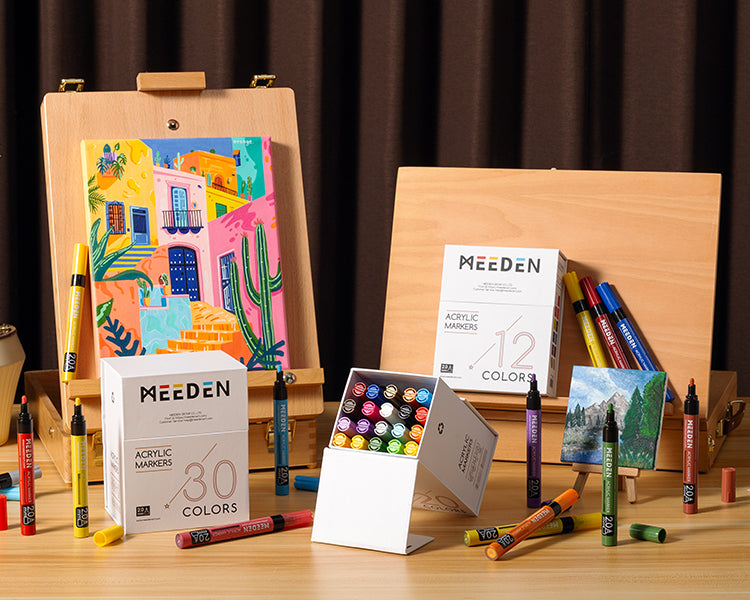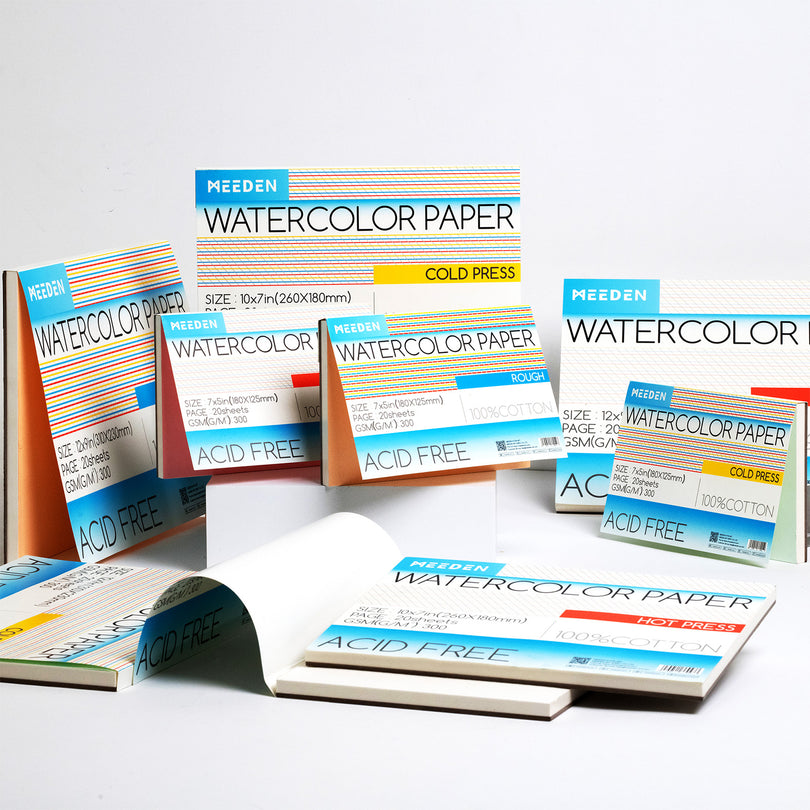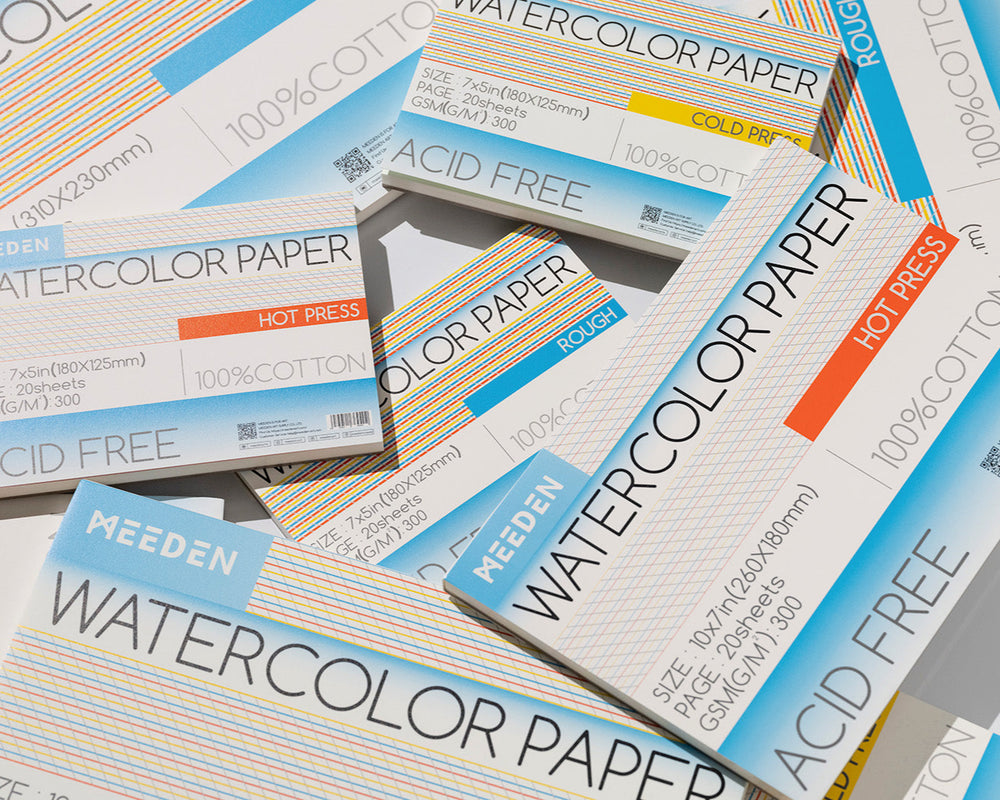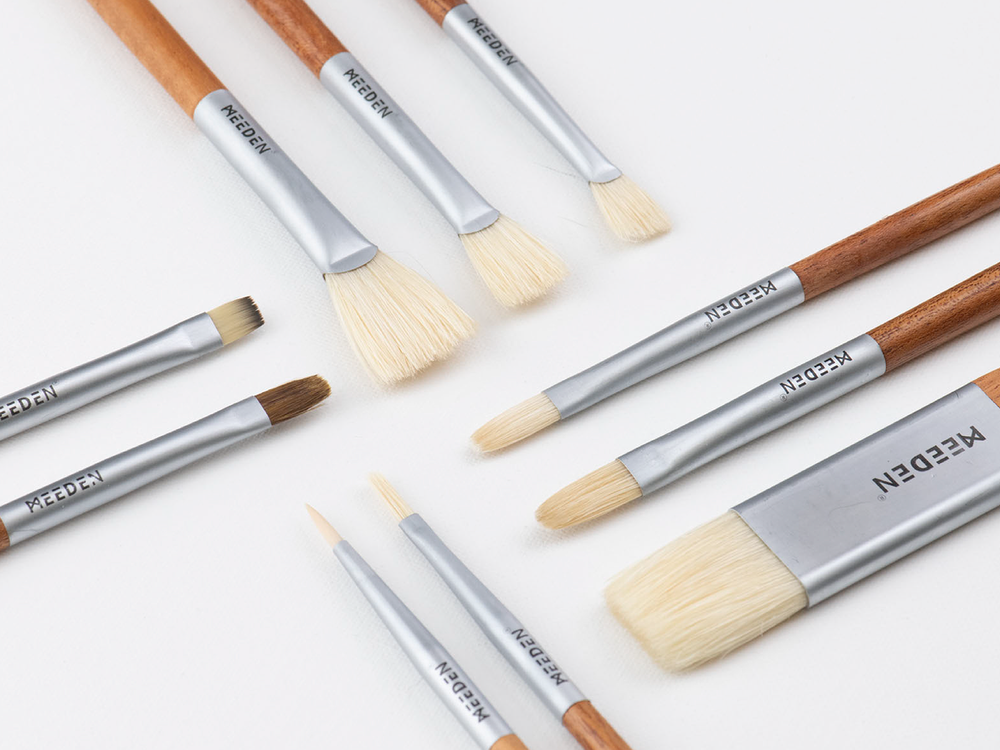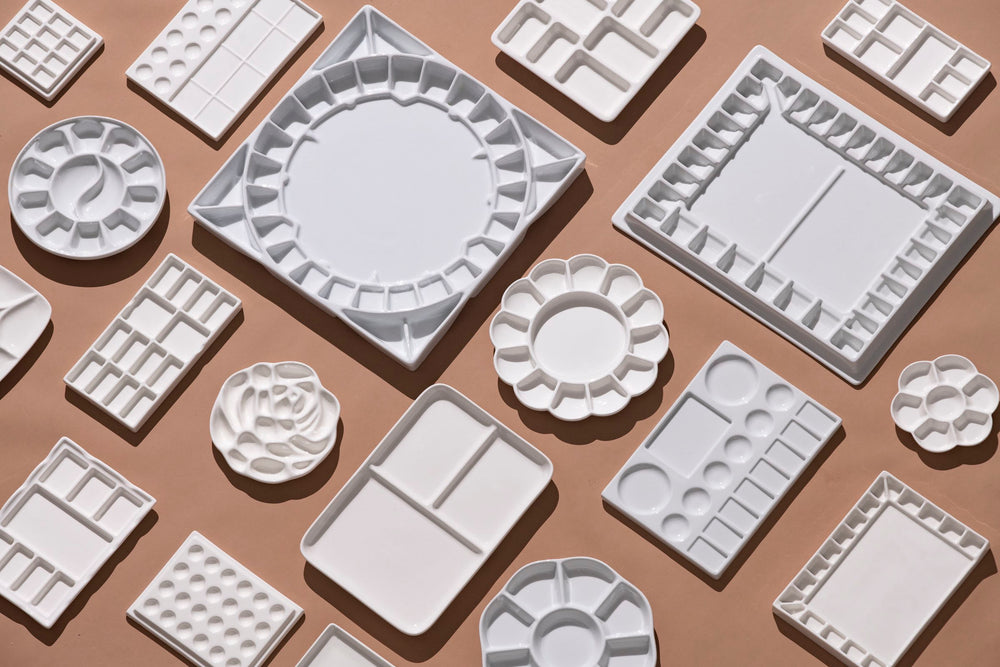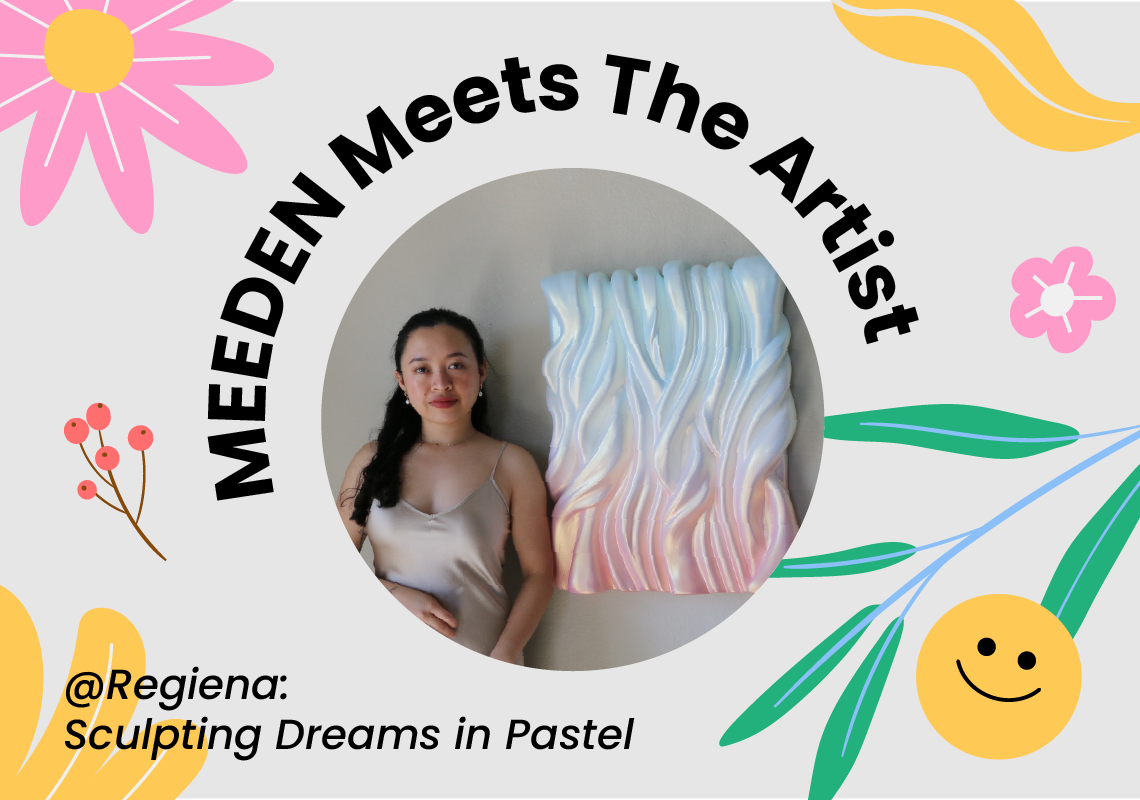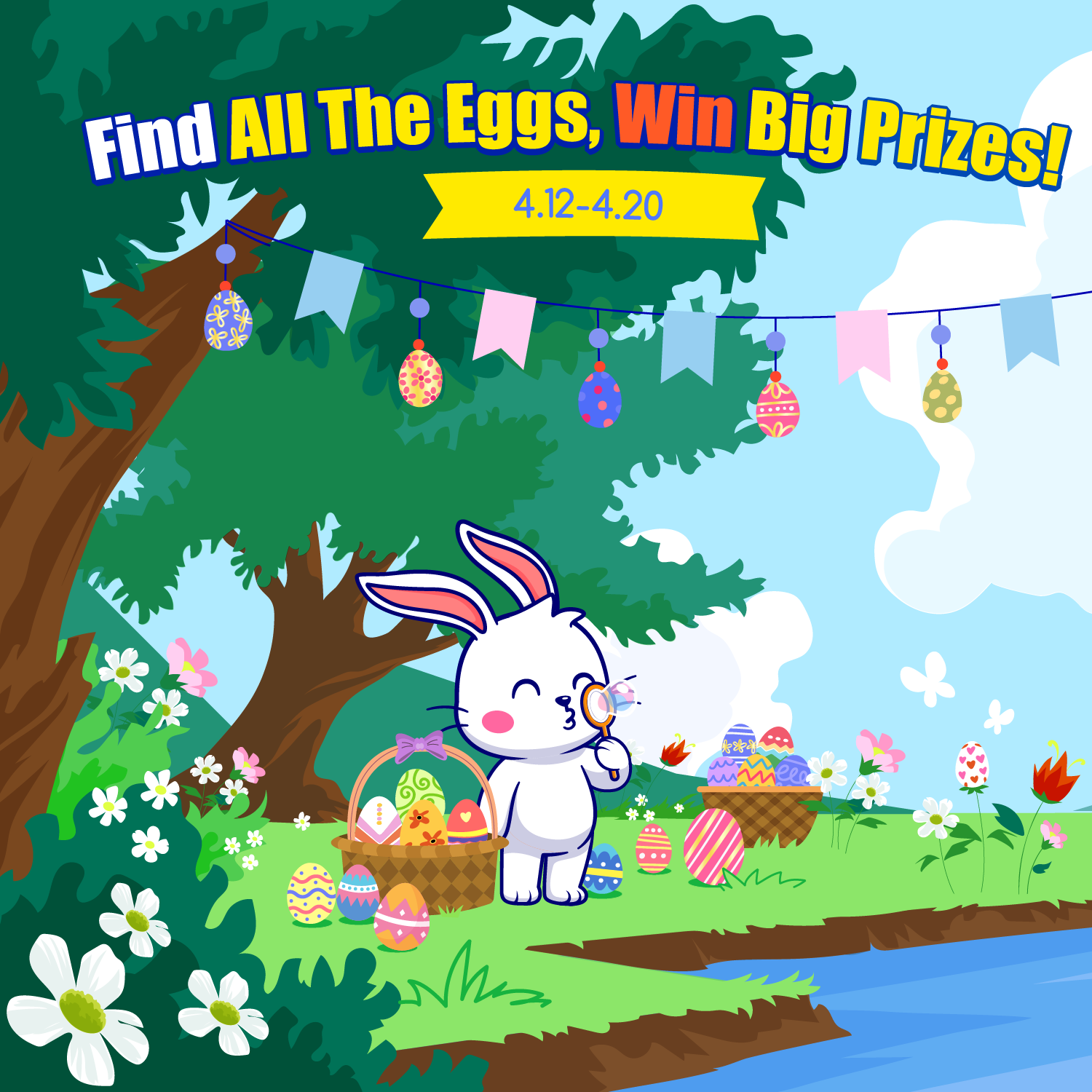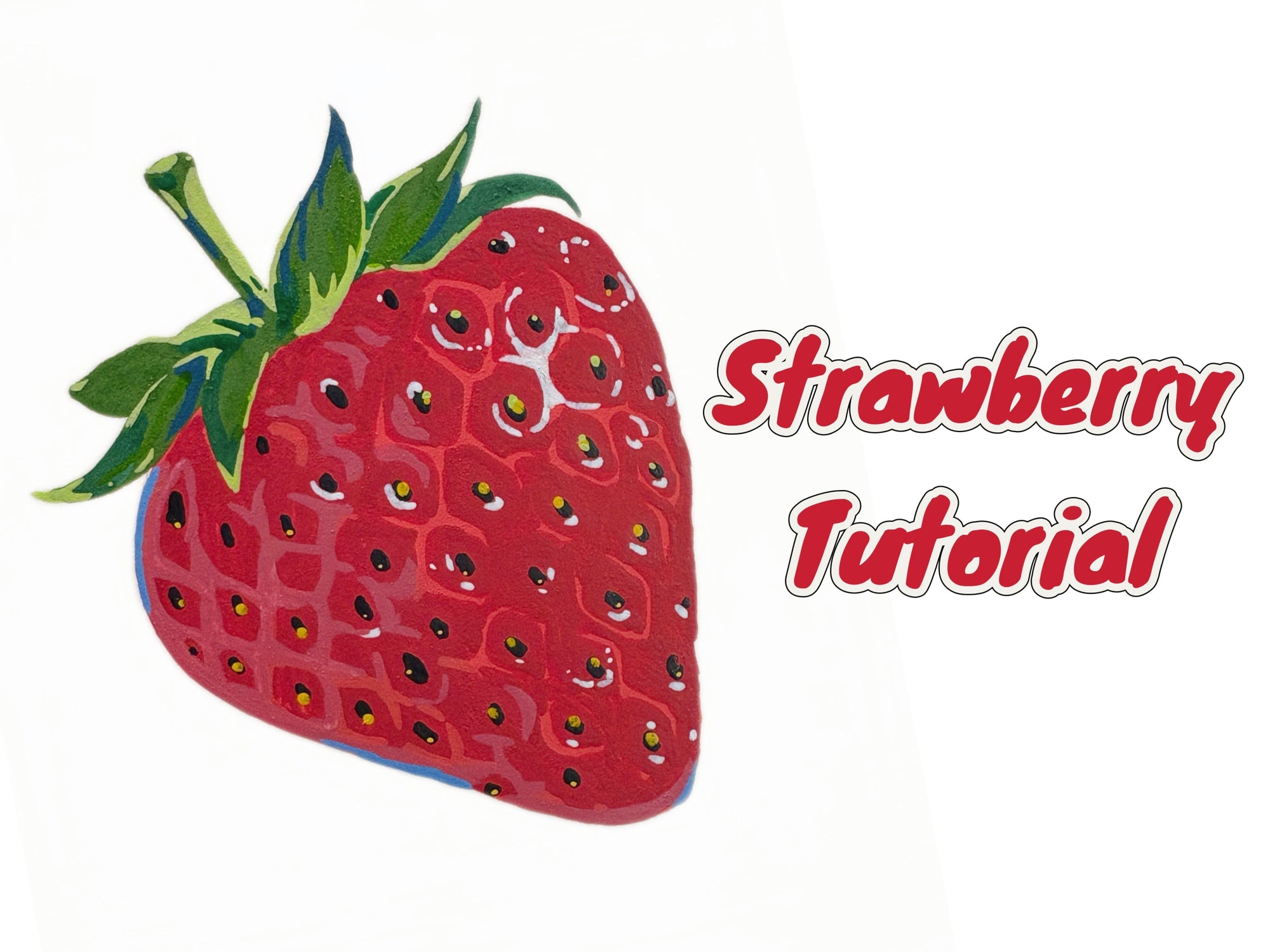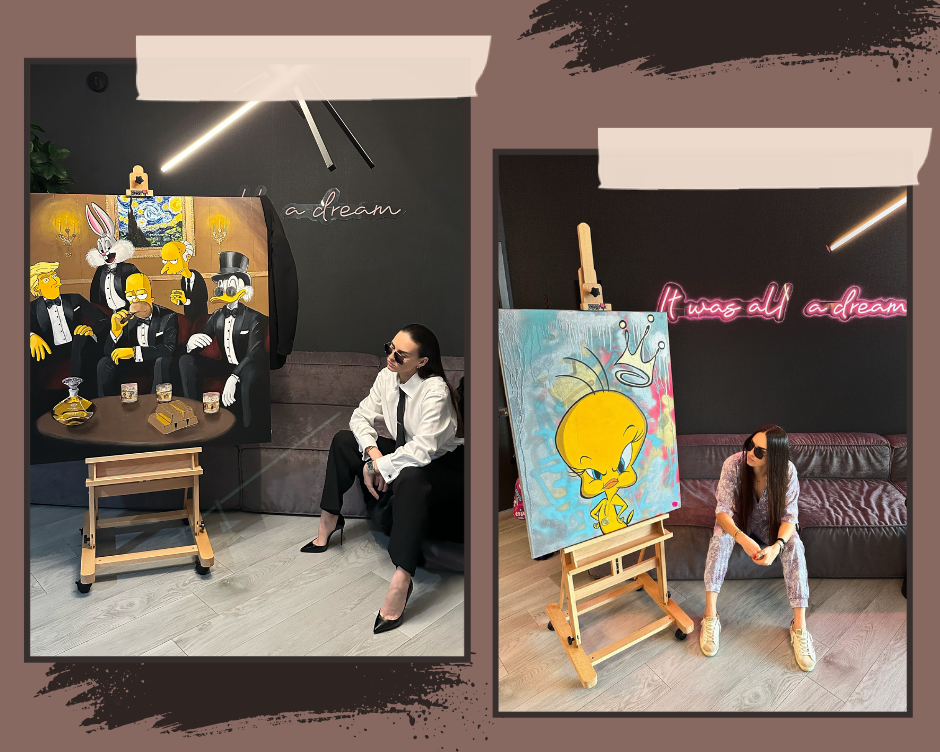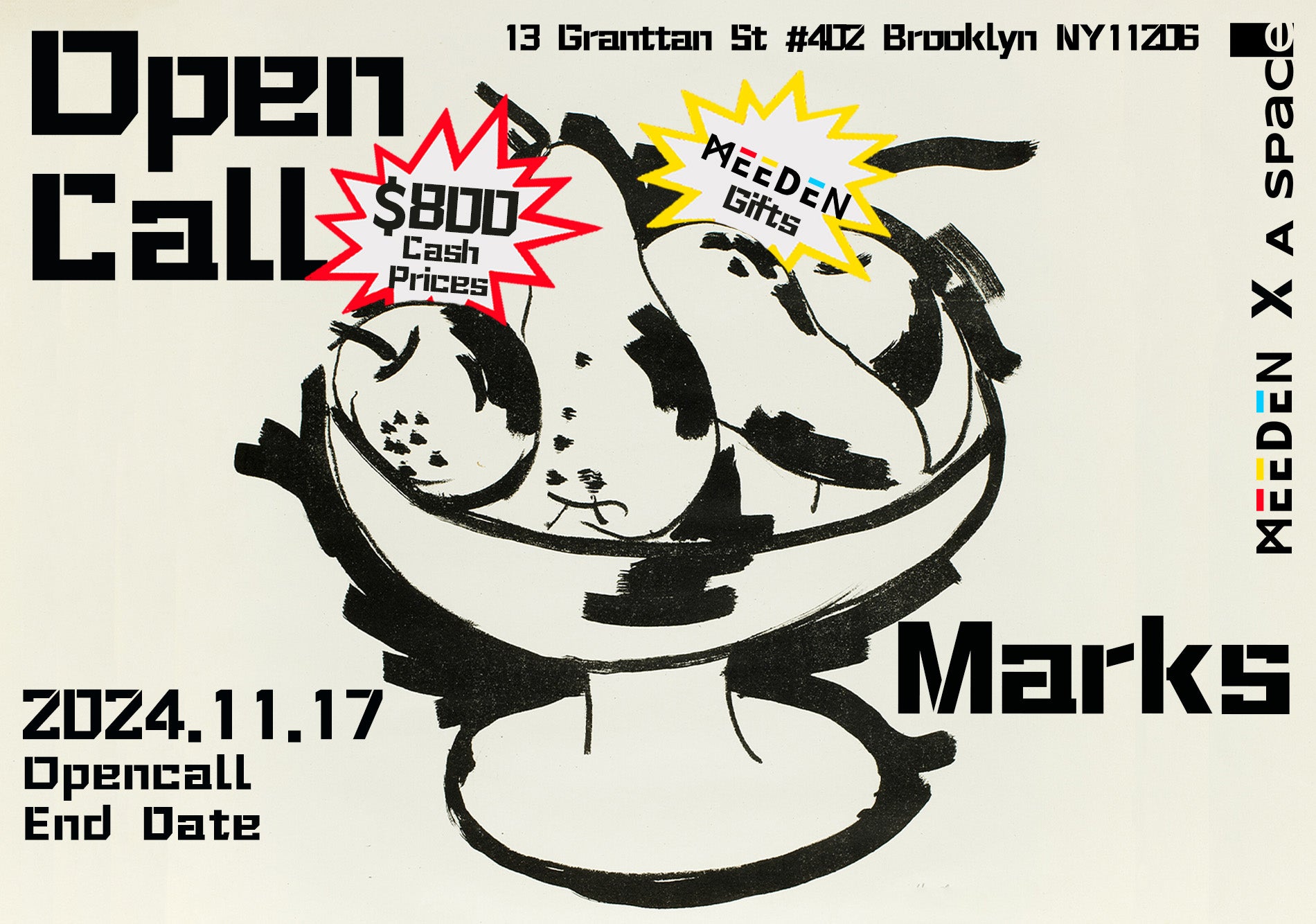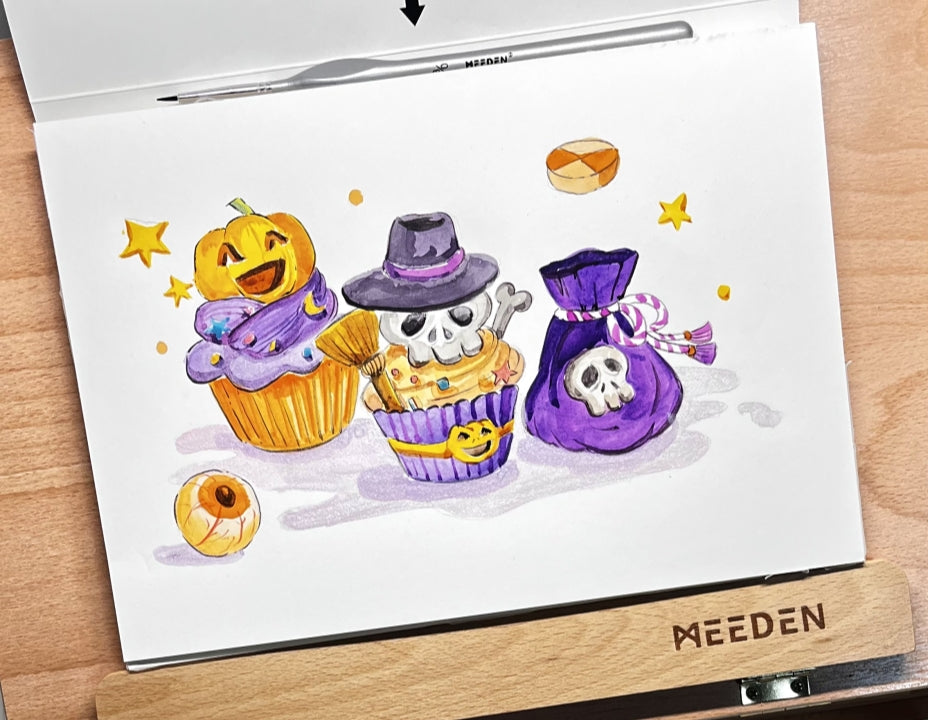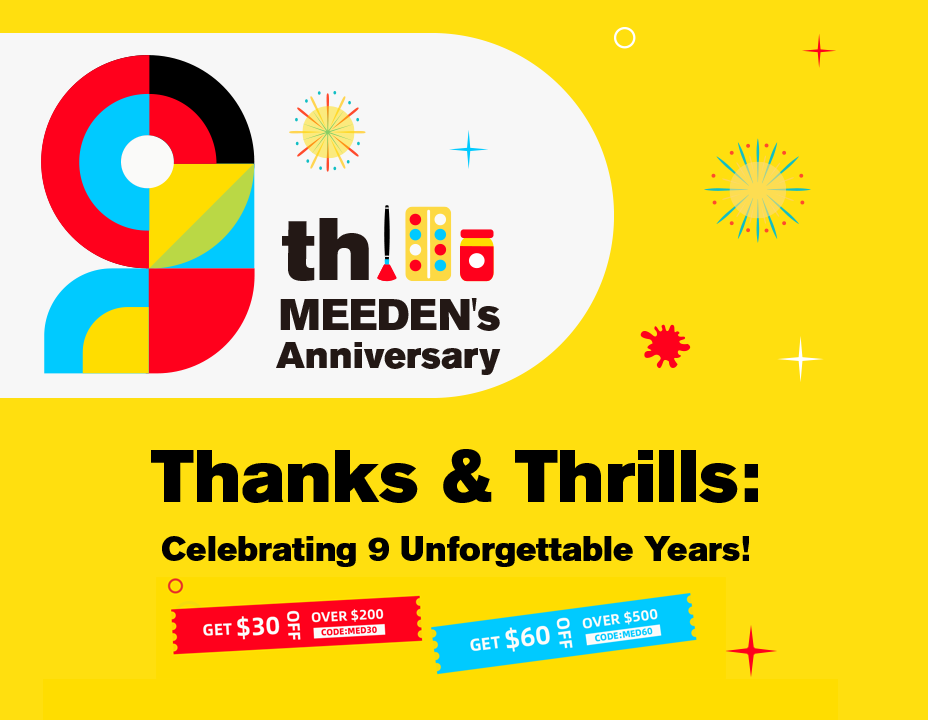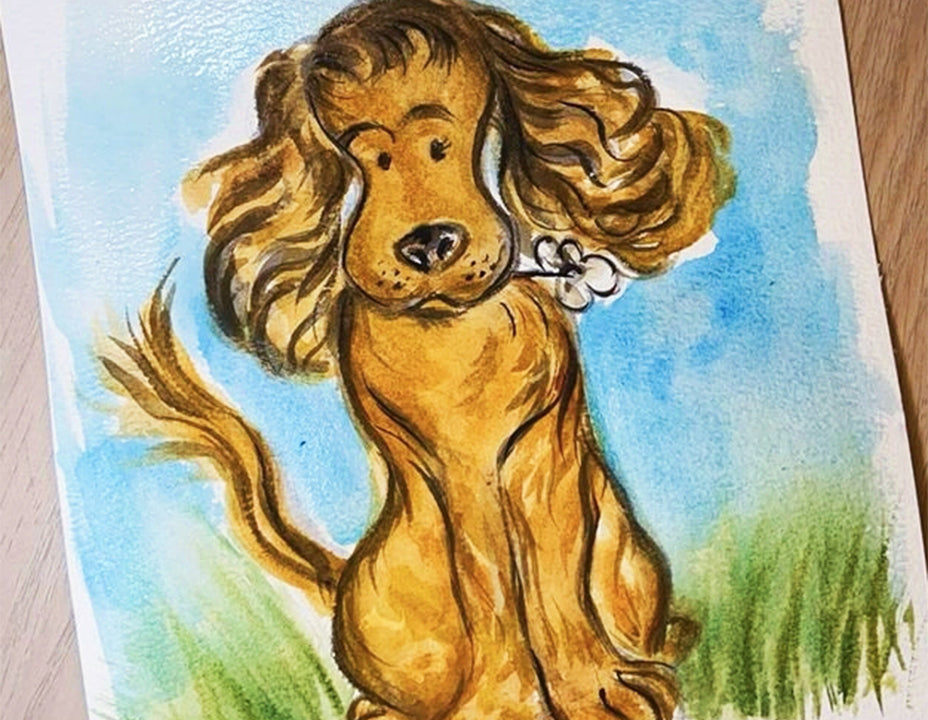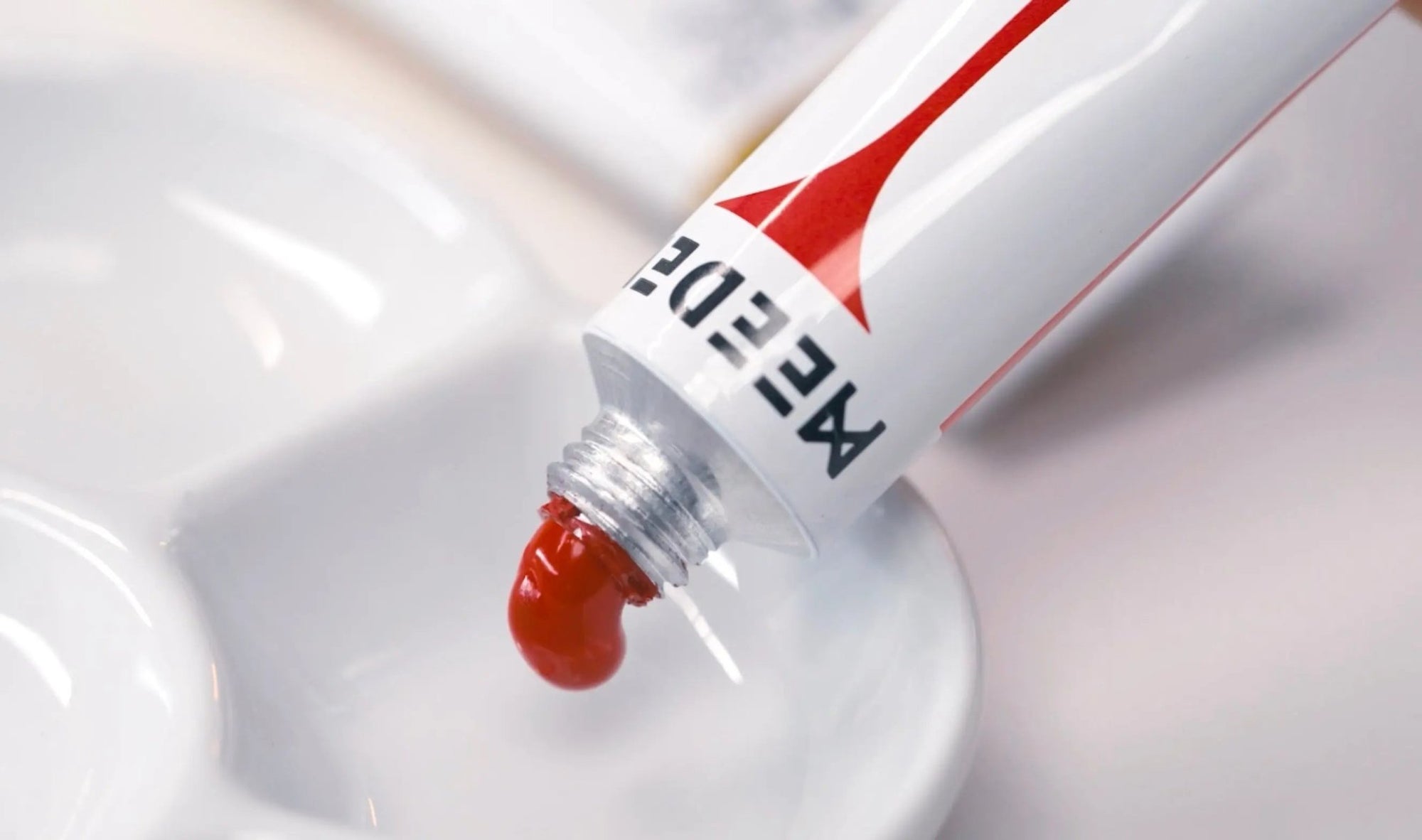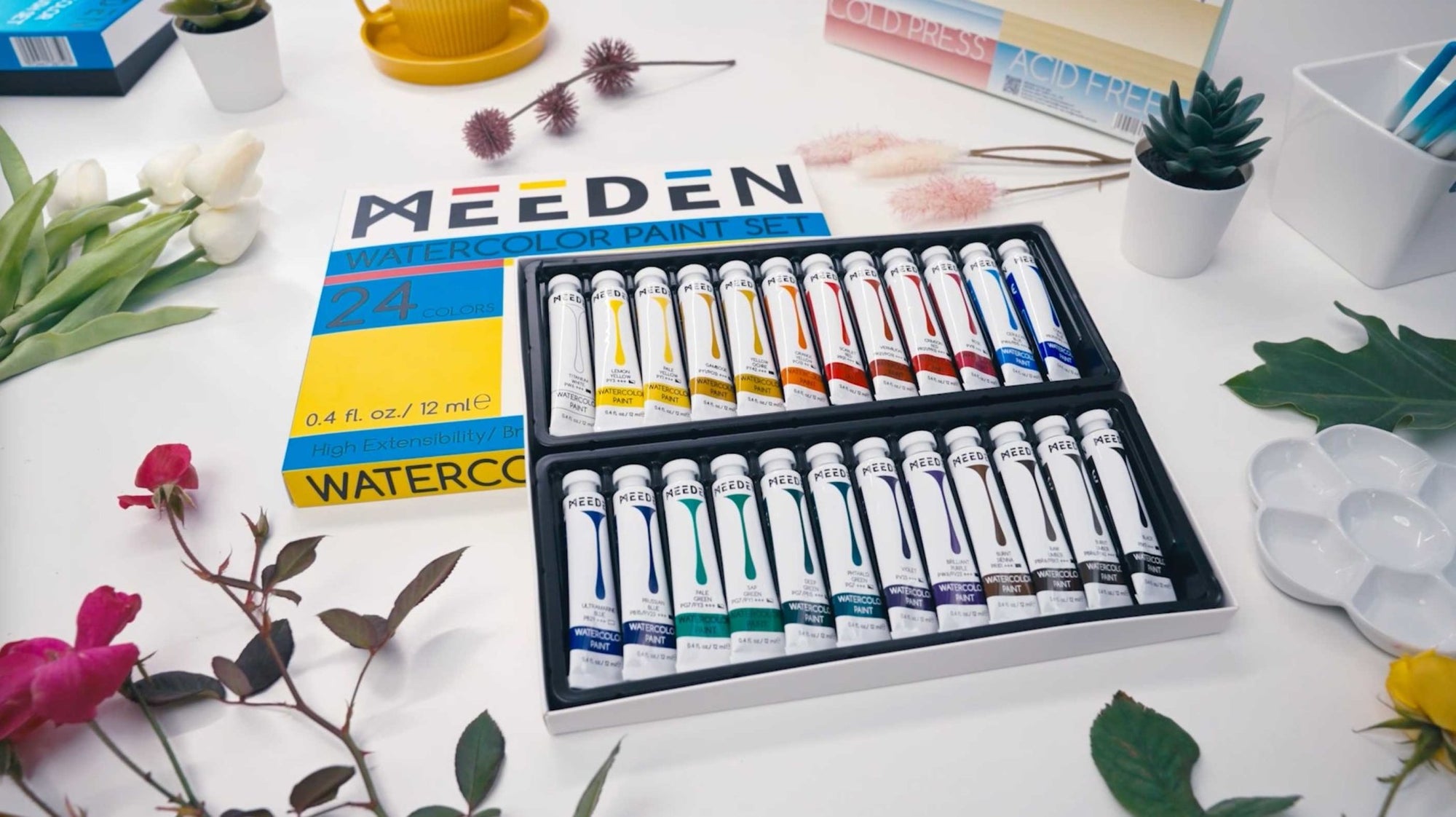In the journey of creation, the process of painting is both liberating and sometimes, messy. Acrylic paint, especially, is known for being extremely durable once dry, which can turn out to be a double-edged sword. Whether you're a DIY enthusiast, an accidental artist, or a parent of a Picasso-in-training, the reality is that acrylic paint has an uncanny ability to find its way onto your clothes, skin, floors, furniture, glass, and even your carpets. Fear not, though! We have some life-saving tricks up our sleeves to help you navigate these often-paint-stained waters.
1. Acrylic Paint on Clothes - Disasters Can Happen
Removing acrylic paint from clothing is a delicate affair, mainly because acrylic paint becomes permanent when dry. But don't lose heart just yet!
First, if you catch the paint while it's still wet, act quickly. Rinse under the tap, using soap and water to cleanse the area. Speed is of the essence here: once the paint starts drying, it gets trickier to handle.
For dried paint, you can try using rubbing alcohol. Test it on an inconspicuous spot to ensure it doesn't affect the color. Pour a small amount of rubbing alcohol onto the stain, then use an old toothbrush to gently scrub. This can help to loosen the paint.
2. Acrylic Paint on Skin - An Occupational Hazard
Getting paint on your skin is pretty much inevitable when you're working on a creative project. The good news? Acrylic paint is non-toxic and relatively easy to remove from the skin.
If the paint is still wet, simply wash it off with warm soapy water. For dried paint, apply a generous amount of olive oil or hand lotion to the affected area, let it sit for a few minutes to soften the paint, and then scrub gently with a washcloth.
3. Acrylic Paint on Floors - Early Prevention, Easy Solution
If you've got paint on your floor, do not panic! Here are some useful tips.
First, if the paint is still wet, wipe it up with a wet cloth. Soap and water will do. If you don't have time to clean it up right away, keep the area moist by covering the spill with a damp cloth to prevent the paint from drying.
For dried paint, you can try using a razor blade or a plastic scraper to gently scrape it off. Be careful not to apply too much pressure as it may damage the floor surface. Once the paint is loosened, you can clean it up with a wet cloth and soap.
4. Acrylic Paint on Furniture - Regain the Sparkle Instantly
Let's talk about how to get acrylic paint off furniture surfaces.
If the paint is still wet, you can wipe it off with a wet cloth. If it's dried, you can try using a window cleaner. Spray some cleaner on the stain, let it sit for a bit, then wipe with a soft cloth or sponge. For stubborn stains, you may need to repeat this process.
Once the paint is removed, you can use furniture wax or oil to protect and polish your furniture.
5. Acrylic Paint on Glass - Crystal Clear in a Flash
Acrylic paint on glass is one of the easiest to clean. If it's wet, simply wipe it away with a wet cloth. If it's dried, a razor blade can scrape it off. Ensure to hold the blade at a 45-degree angle to prevent scratches. Afterward, clean the glass with a glass cleaner for a sparkling finish.
6. Acrylic Paint on Carpets and Fabrics - Persistence Pays Off
Carpets and fabrics may seem the hardest, but there's still hope! For wet paint, blot it with a dry cloth or paper towel to absorb as much paint as possible. Do not rub, as it can push the paint deeper. Once done, apply a mixture of warm water and dish soap onto the stained area, and blot again.
For dried paint, a bit of patience and a steam cleaner can work wonders. Steam the area to soften the paint, then use a scraping tool to gently lift the paint off the fabric. Repeat this process until the paint is completely removed.
Conclusion
Regardless of where the acrylic paint ends up, with the right techniques and a little patience, you can find a solution. From clothes, skin, floors, furniture, to glass, and even carpets, you now have the knowledge to tackle these mishaps. Remember, the key is to act quickly and be gentle with your surfaces to prevent unnecessary damage. Now, go ahead and give your newfound techniques a shot, and bring a fresh lease of life to your items!
Thank you for reading this post. We hope these techniques come in handy for you. If you have any questions or need further help, feel free to drop a comment below. Happy cleaning, and keep creating!







